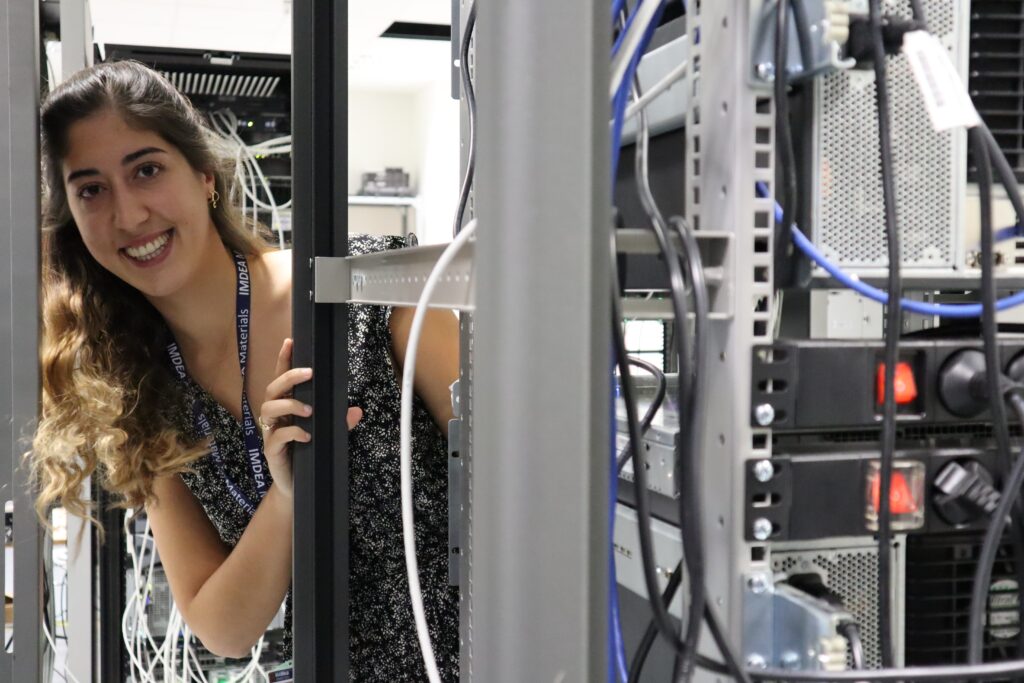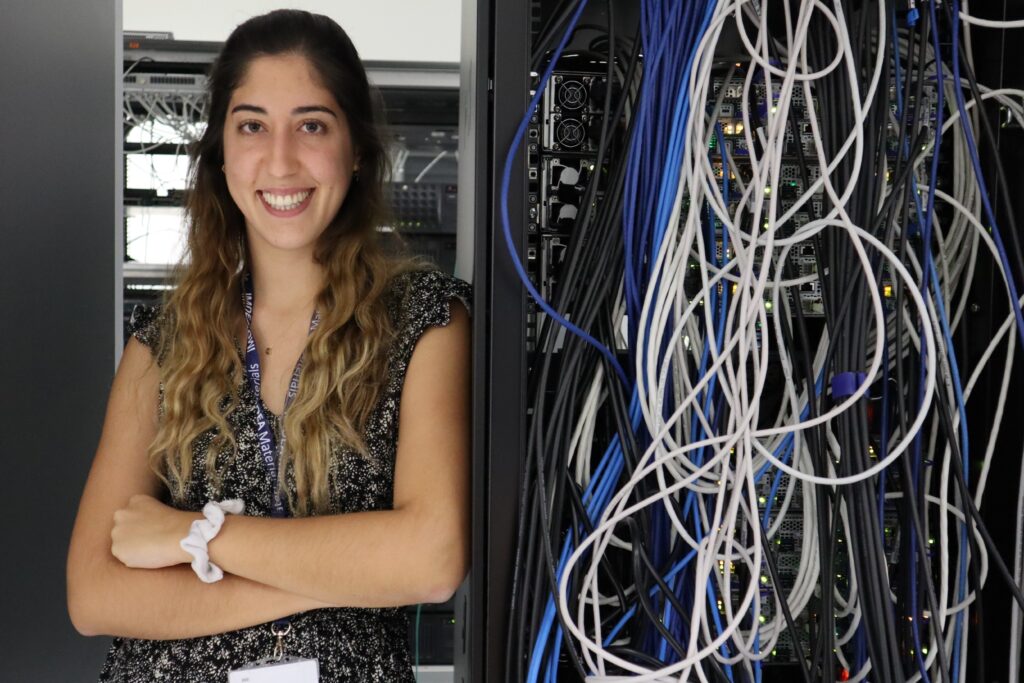Undoubtedly, one of the great hopes in the transition to more sustainable mobility are hydrogen fuel cells.
Hydrogen fuel cells generate electrical power through the oxygen reduction reaction process, which combines gaseous hydrogen and oxygen to produce energy with water vapor as the only waste product.
However, the high cost and low availability of the catalysts in these cells, which are currently predominantly made of platinum, is one of the impediments to their large-scale application.

For this reason, Carmen Martínez Alonso, a predoctoral researcher at Institute IMDEA Materials, is conducting multidisciplinary research that combines chemistry and numerical simulation to develop a more affordable substitute for platinum for industry.
“The main goal of my thesis is to substitute platinum in these catalysts, simply because platinum is among the 10 most expensive materials in the world,” said Martínez Alonso. “It is one of the aspects that prevents this hydrogen technology from being taken to the industrial level and being feasible for society as a whole.”
And platinum is not only expensive. It is also on the European Commission’s list of critical raw materials, while almost all of the world’s known reserves are located in just two countries: South Africa and Russia.
The great value of Martínez Alonso’s work was recently recognized with a Fulbright scholarship, one of the world’s most prestigious scientific research grants. This grant will allow her to continue her work at Stanford University in the United States of America, one of the leaders in the development of hydrogen batteries.

More specifically, she will spend her time at SUNCAT, a centre specializing in catalysis, which is a collaboration between Stanford University and the SLAC national laboratory in California.
“It is the only group worldwide that combines machine learning and catalysis, because, in the end, they are two very different disciplines,” commented Martínez Alonso. “The people who do machine learning are generally computer scientists, engineers, physicists, etc., and they don’t apply it to catalysis. Those who do catalysis are chemists, biologists, biochemists etc.
“That’s why it was very difficult for me, when applying for the Fulbright, to find a centre where I could apply machine learning to catalysis, and it was the only place that unites the two disciplines.”

